Home>Articles>How To Vent A Gas Water Heater Without A Chimney
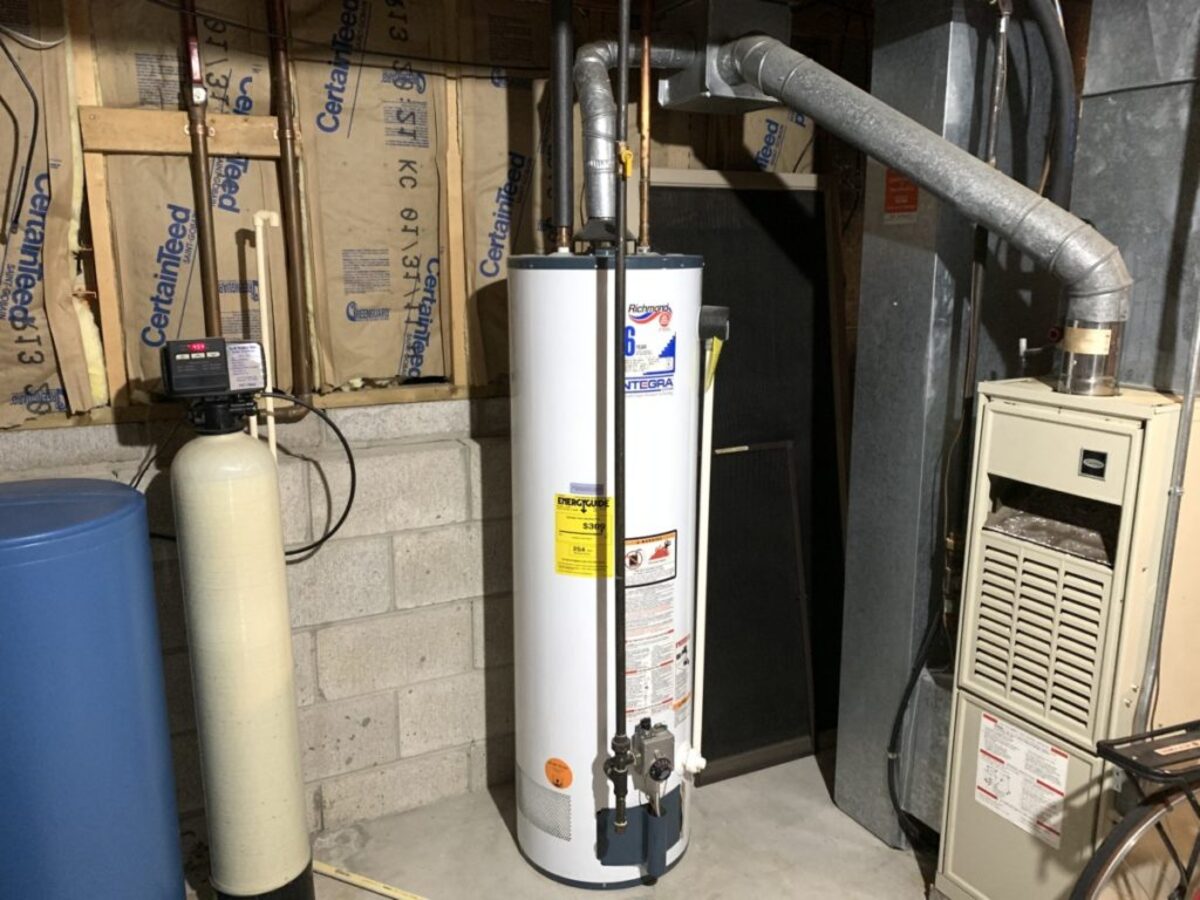

Articles
How To Vent A Gas Water Heater Without A Chimney
Modified: January 20, 2024
Learn how to properly vent a gas water heater without a chimney with this informative article. Discover the best techniques and safety precautions to follow.
(Many of the links in this article redirect to a specific reviewed product. Your purchase of these products through affiliate links helps to generate commission for Storables.com, at no extra cost. Learn more)
Introduction
Welcome to our comprehensive guide on how to vent a gas water heater without a chimney. Gas water heaters are a popular choice among homeowners, thanks to their efficiency and reliability. However, proper ventilation is crucial to ensure safe and efficient operation. In cases where a chimney is not available or feasible, alternative methods must be employed to vent the exhaust gases.
In this article, we will delve into the different venting options for gas water heaters and specifically focus on the process of venting without a chimney. We will provide you with step-by-step instructions on how to effectively and safely vent a gas water heater without a chimney, allowing you to enjoy the benefits of hot water while maintaining a secure and functional environment.
Understanding the basics of gas water heaters and the importance of proper ventilation is essential before venturing into the specific methods of venting without a chimney. Let’s dive in!
Key Takeaways:
- Proper ventilation is crucial for safe and efficient gas water heater operation, preventing carbon monoxide buildup. Venting without a chimney offers flexibility in installation, but adherence to safety guidelines is paramount.
- Venting a gas water heater without a chimney requires careful planning and precise execution. Prioritize safety, consult professionals, and follow local regulations to ensure optimal performance and a secure environment.
Read more: How To Vent A Gas Water Heater
Understanding Gas Water Heaters
Gas water heaters are a popular and efficient choice for providing hot water in residential and commercial buildings. They work by utilizing natural gas or propane to heat water, which is then stored in a tank for later use. Understanding the basic components and operation of a gas water heater is essential to ensure proper maintenance and ventilation.
A gas water heater consists of several key components:
- Gas Burner: The gas burner is responsible for igniting the gas and heating the water.
- Heat Exchanger: The heat exchanger transfers heat from the burner to the water, raising its temperature.
- Flue: The flue is a pipe that allows the exhaust gases produced during combustion to exit the water heater.
- Thermostat: The thermostat allows users to control the temperature of the water.
- Pressure Relief Valve: The pressure relief valve releases excess pressure to prevent damage to the water heater.
Gas water heaters require proper ventilation to ensure the safe combustion of fuel and the removal of harmful byproducts such as carbon monoxide. Without adequate ventilation, these byproducts can build up indoors, posing serious health risks to occupants.
It is important to note that gas water heaters produce both flue gases and condensate. Flue gases consist of combustion byproducts, including carbon monoxide and water vapor. Condensate is formed when the water vapor in the flue gases cools and condenses. Adequate ventilation is required to safely and efficiently remove both flue gases and condensate from the water heater.
Now that we have a better understanding of gas water heaters and their components, let’s explore the importance of proper ventilation in more detail.
The Importance of Proper Ventilation
Proper ventilation is vital for the safe and efficient operation of gas water heaters. The primary purpose of ventilation is to remove the harmful combustion byproducts, including carbon monoxide, from the living space. Carbon monoxide is an odorless and colorless gas that can be deadly if inhaled in high concentrations.
Without proper ventilation, carbon monoxide can accumulate indoors, leading to carbon monoxide poisoning, which can cause symptoms ranging from headaches and dizziness to nausea and even death. Therefore, it is crucial to ensure that gas water heaters are adequately vented to prevent the buildup of carbon monoxide within the residence.
In addition to safety concerns, proper ventilation also contributes to the overall efficiency and performance of the gas water heater. Efficient ventilation allows for the smooth flow of combustion air while effectively removing the flue gases and condensate. This ensures that the gas water heater operates at its optimal capacity, providing consistent hot water and minimizing energy consumption.
Another consideration when it comes to ventilation is the prevention of condensation. When the flue gases cool down, condensation occurs, producing water vapor. If the ventilation system is not properly designed, the condensate can accumulate within the water heater or venting system, leading to corrosion and potential damage to the equipment.
It is worth mentioning that the specific ventilation requirements for gas water heaters may vary depending on factors such as the type and model of the heater, the location of the installation, and the local building codes and regulations. Therefore, it is essential to consult the manufacturer’s guidelines and seek professional advice to ensure compliance and optimal ventilation for your specific circumstances.
Now that we understand the importance of proper ventilation, let’s explore the different venting options available for gas water heaters.
Venting Options for Gas Water Heaters
When it comes to venting gas water heaters, there are several options available, each suited to different circumstances and installation requirements. The most common venting options for gas water heaters include:
- Natural Draft Venting: Natural draft venting relies on the buoyancy of the hot flue gases to vent them out of the building. This type of venting system typically consists of a vertical flue that extends through the roof. Natural draft venting can be cost-effective and suitable for installations where there is sufficient vertical clearance.
- Powered Venting: Powered or mechanical venting uses a fan or blower to assist in the removal of the flue gases from the water heater. This type of venting system can offer more flexibility in terms of venting configurations, allowing for horizontal or sidewall venting options.
- Direct Venting: Direct venting systems have two separate pipes – one for the intake of combustion air and another for the exhaust of flue gases. This type of venting is ideal for situations where there is limited clearance for venting or when the water heater is installed in a confined space.
- Indirect Venting: Indirect venting, also known as “vent through a wall,” involves channeling the flue gases through a specially designed sidewall vent. This option is commonly used when retrofitting a gas water heater into a space without an existing chimney or vertical venting access.
It is important to consult the manufacturer’s instructions and local building codes to determine the appropriate venting method for your gas water heater. Additionally, it is advisable to seek professional assistance to ensure proper installation and compliance with safety regulations.
Now that we have explored the various venting options for gas water heaters, let’s dive into the specific process of venting a gas water heater without a chimney.
Consider installing a power vent or direct vent water heater if you don’t have a chimney. These options allow for safe venting of gas water heaters without the need for a traditional chimney.
Venting Without a Chimney: Why and When
Venting a gas water heater without a chimney may be necessary in certain situations where installing a traditional chimney is not feasible or practical. There are a few reasons why you might need to vent a gas water heater without a chimney:
- Lack of Existing Chimney: If your home or building does not have an existing chimney, it may be challenging or costly to install one. Venting without a chimney provides a viable alternative in such cases.
- Space Constraints: Sometimes, the available space or layout of the building may not allow for the installation of a chimney. Venting without a chimney offers a more flexible and space-saving solution.
- Retrofitting or Renovations: When replacing an old water heater or renovating a space, the existing chimney may not align with the new installation location. Venting without a chimney allows for greater flexibility in the water heater’s placement.
It is important to note that venting a gas water heater without a chimney requires careful consideration and adherence to safety regulations. Appropriate venting materials and configurations must be used to ensure the safe removal of flue gases and proper combustion air supply.
When deciding to vent a gas water heater without a chimney, it is crucial to consult with professionals who are knowledgeable in local building codes and guidelines. They can assess your specific requirements and provide recommendations on the most suitable venting method for your situation.
Now that we understand why and when venting without a chimney may be necessary, let’s proceed to the steps involved in venting a gas water heater without a chimney.
Read more: How To Turn On A Gas Water Heater
Steps to Vent a Gas Water Heater Without a Chimney
Venting a gas water heater without a chimney requires careful planning and adherence to safety regulations. Below are the general steps involved in venting a gas water heater without a chimney:
- 1. Evaluate the Space: Assess the available space and determine the most suitable location for the water heater installation. Consider factors such as proximity to combustion air sources, clearance requirements, and accessibility for maintenance.
- 2. Select Proper Venting Materials: Choose the appropriate venting materials for your specific installation. This may include insulated metal pipes, plastic vent pipes, or other approved venting materials suitable for your local building codes.
- 3. Determine Venting Configuration: Decide on the venting configuration that best suits your space and installation requirements. This may include vertical venting, horizontal venting, or sidewall venting options. Ensure that the chosen configuration complies with safety guidelines.
- 4. Install Combustion Air Supply: Provide an adequate supply of combustion air for the gas water heater. This typically involves installing vents or openings to allow fresh air to enter the space where the water heater is located.
- 5. Install Vent Pipes: Follow the manufacturer’s instructions to properly install the vent pipes. Ensure that the pipes are correctly connected, sealed, and supported to prevent leaks or damage. Pay attention to the orientation and slope of the vent pipes to facilitate the proper flow of flue gases.
- 6. Securely Mount Water Heater: Securely mount the gas water heater in its designated location, following the manufacturer’s guidelines and local regulations. Ensure that all connections, including gas supply and plumbing, are properly made and secured.
- 7. Test for Proper Ventilation: Before operating the water heater, conduct a thorough test to ensure proper ventilation and combustion. Check for any leaks, blockages, or abnormal gas odors. Verify that the flue gases are being safely expelled from the installation area.
- 8. Regular Maintenance and Inspections: It is important to regularly inspect and maintain the venting system and the gas water heater. Clean or replace vent pipes if necessary, and schedule annual inspections by a qualified professional to ensure proper operation and safety.
It is crucial to follow these steps with precision and consult professionals if you are unsure about any aspect of the venting process. Your safety and the proper functioning of the gas water heater depend on a correctly installed and maintained ventilation system.
Now that we have covered the steps involved in venting a gas water heater without a chimney, let’s conclude our guide.
Conclusion
Venting a gas water heater without a chimney is a viable option in situations where installing a traditional chimney may not be feasible or practical. Proper ventilation is essential to ensure the safe and efficient operation of the water heater while preventing the buildup of harmful combustion byproducts such as carbon monoxide.
Throughout this guide, we have explored the various venting options for gas water heaters, emphasizing the importance of proper ventilation and the reasons why venting without a chimney may be necessary. We have also provided step-by-step instructions on how to vent a gas water heater without a chimney, stressing the significance of following safety guidelines and consulting professionals in the process.
Remember, when venting a gas water heater without a chimney, it is crucial to prioritize safety. Adhere to local building codes and regulations, choose appropriate venting materials, and ensure proper installation and maintenance. If you are unsure about any aspect of the venting process, don’t hesitate to seek assistance from qualified professionals.
By understanding the basics of gas water heaters, recognizing the importance of proper ventilation, and following the correct procedures for venting without a chimney, you can enjoy the benefits of hot water while maintaining a safe and functional environment.
We hope that this comprehensive guide has provided you with valuable insights and knowledge on venting a gas water heater without a chimney. Now, you can confidently navigate the venting process and make informed decisions to ensure the efficient and safe operation of your gas water heater.
Stay safe and enjoy the comfort of hot water!
Frequently Asked Questions about How To Vent A Gas Water Heater Without A Chimney
Was this page helpful?
At Storables.com, we guarantee accurate and reliable information. Our content, validated by Expert Board Contributors, is crafted following stringent Editorial Policies. We're committed to providing you with well-researched, expert-backed insights for all your informational needs.
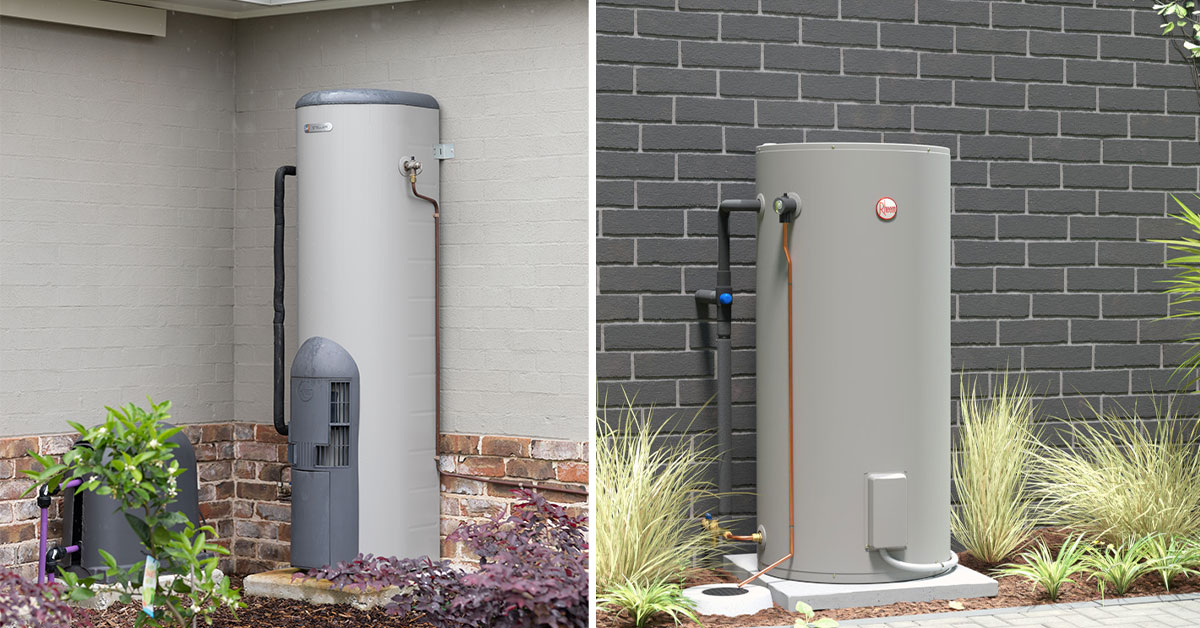
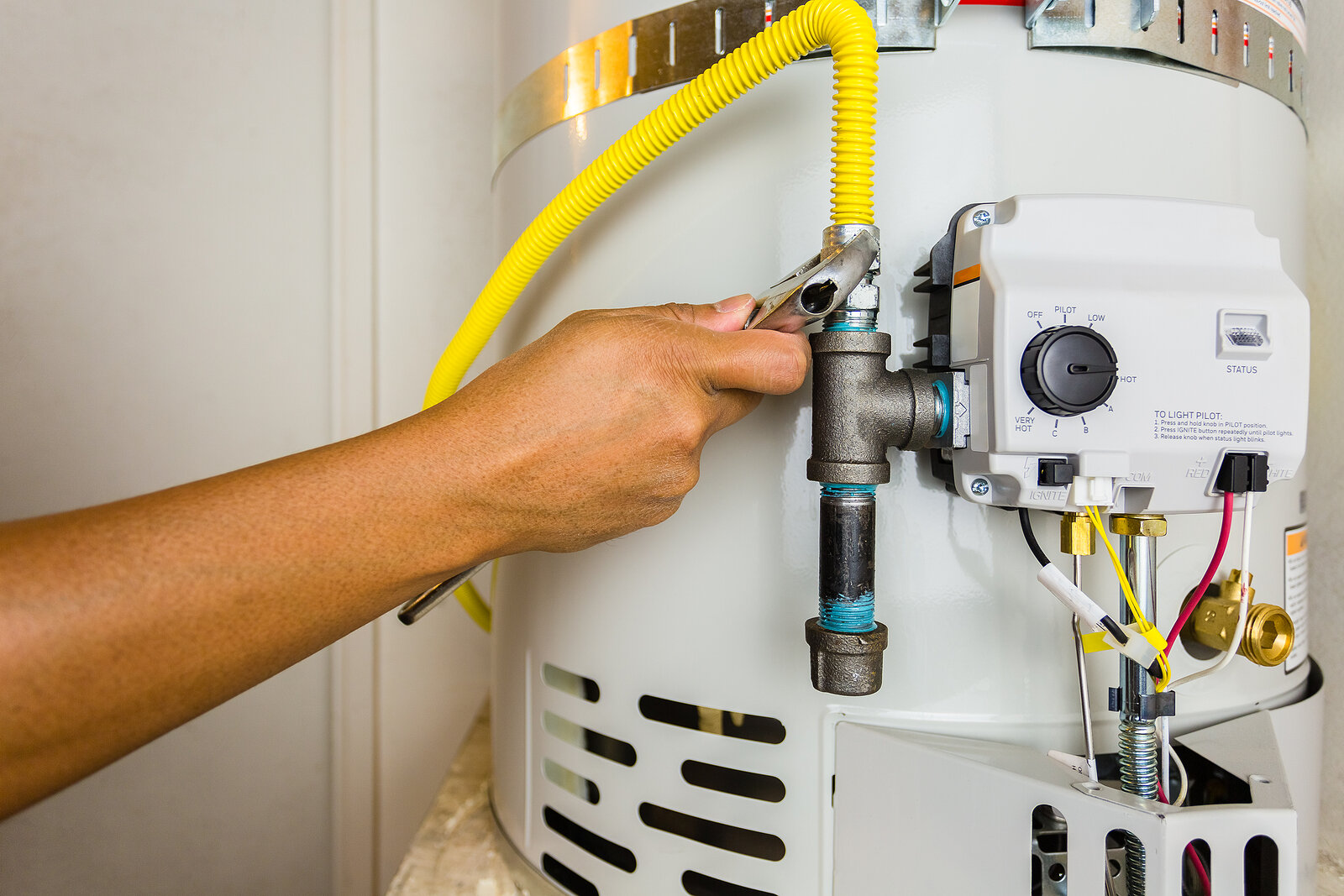
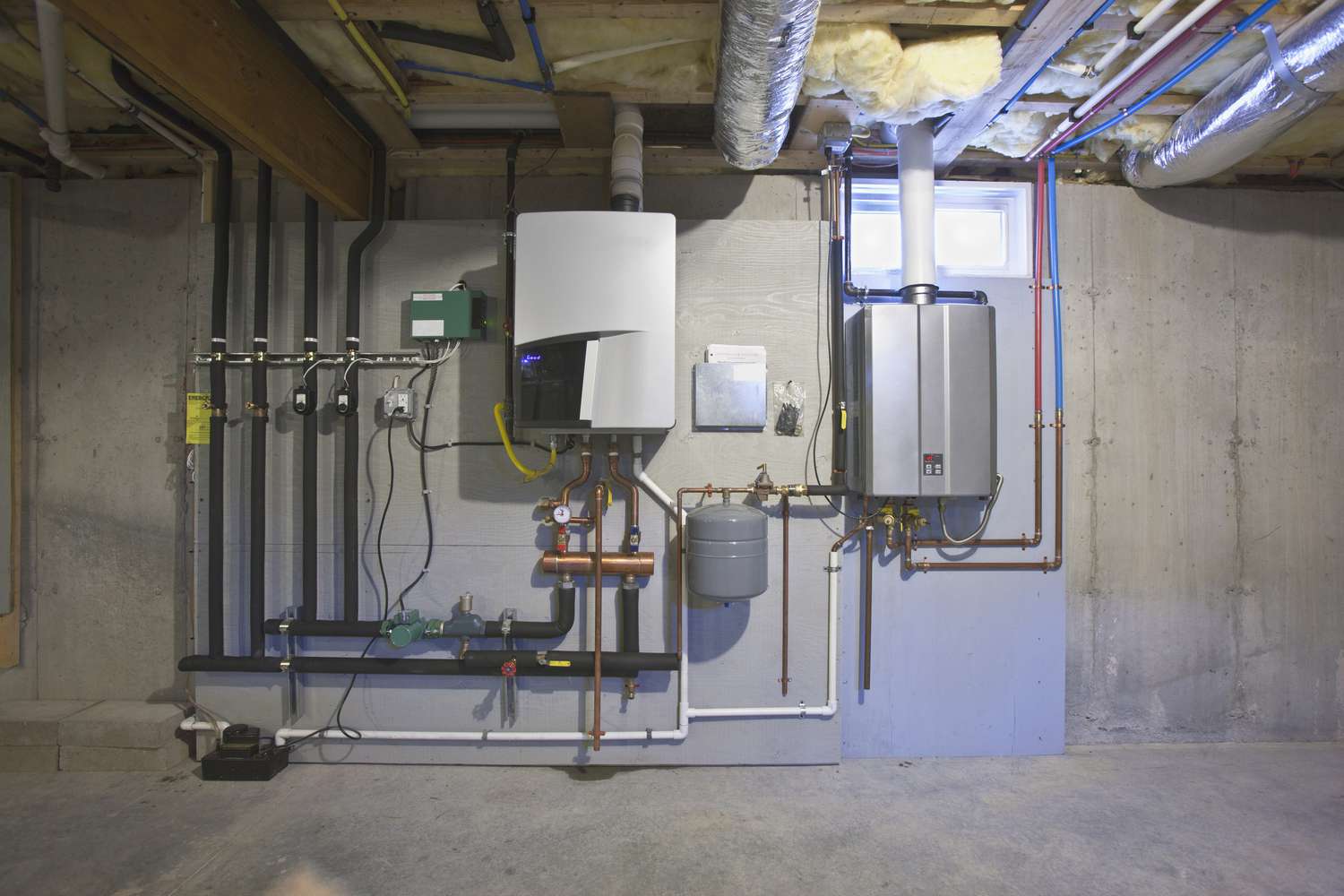
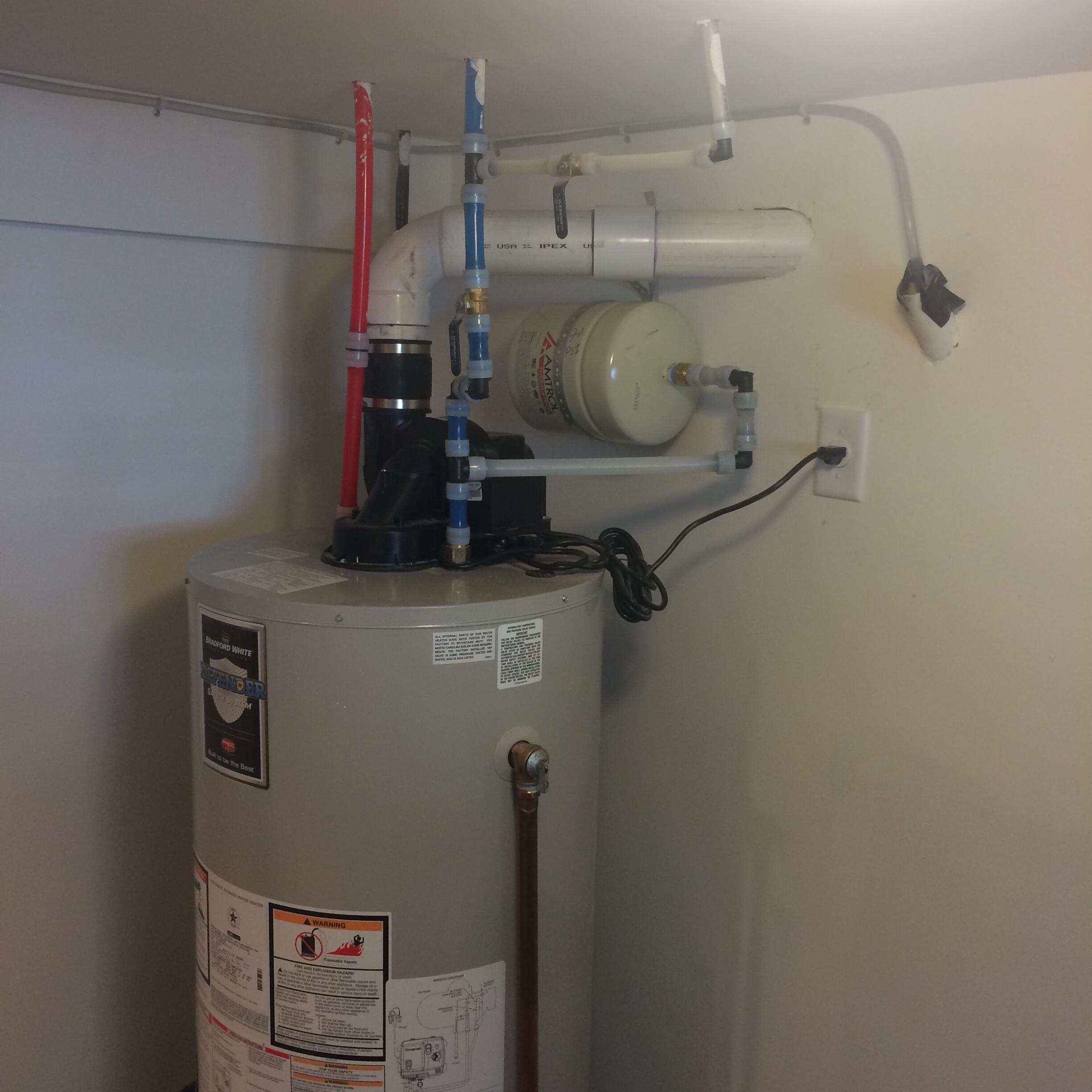
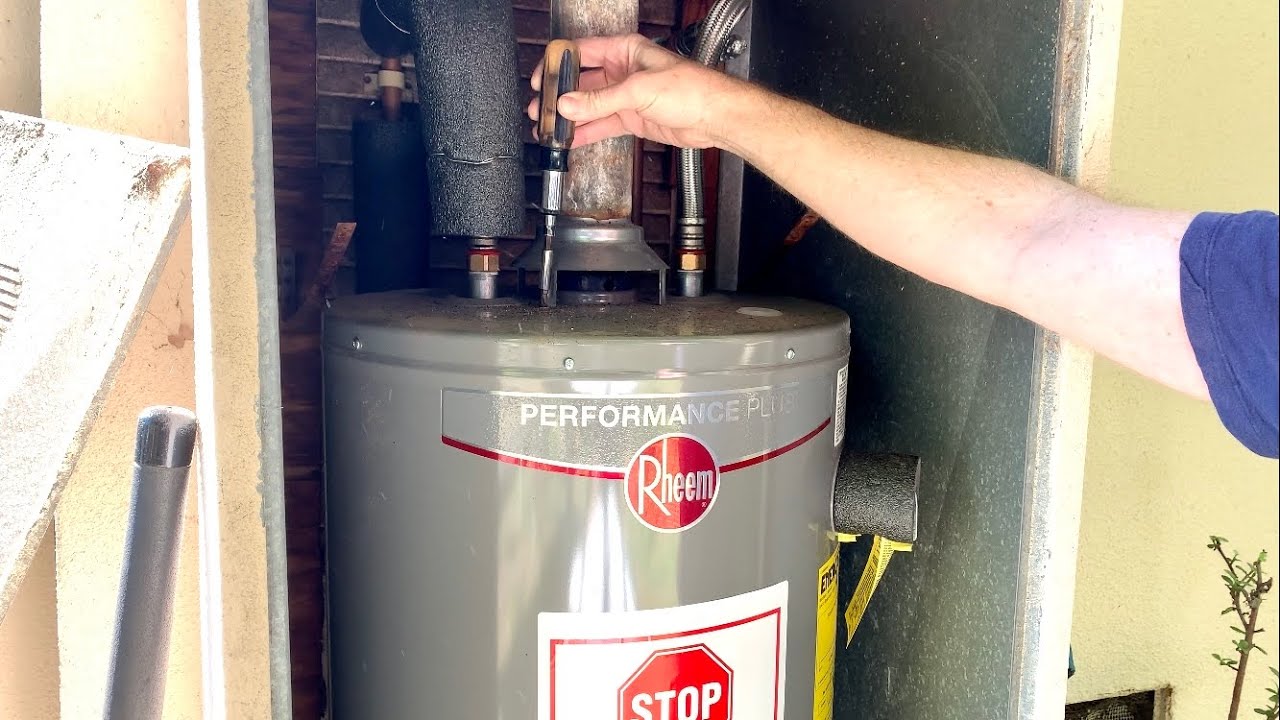
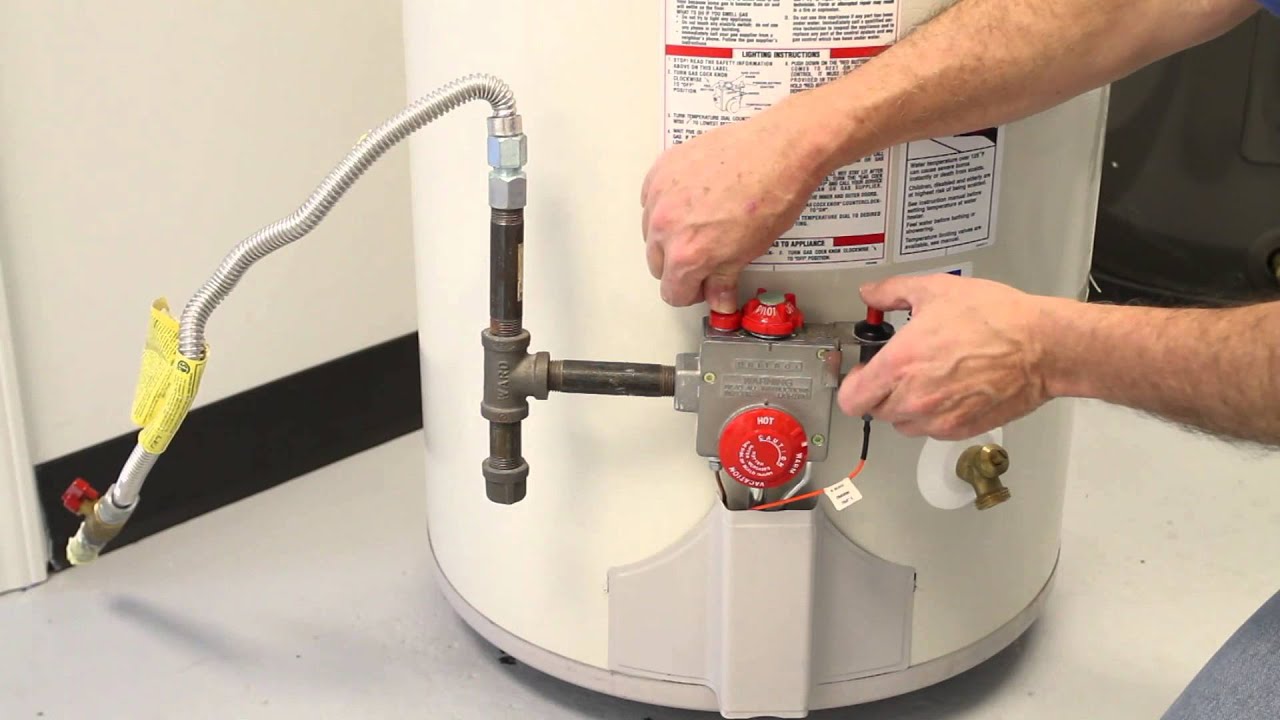
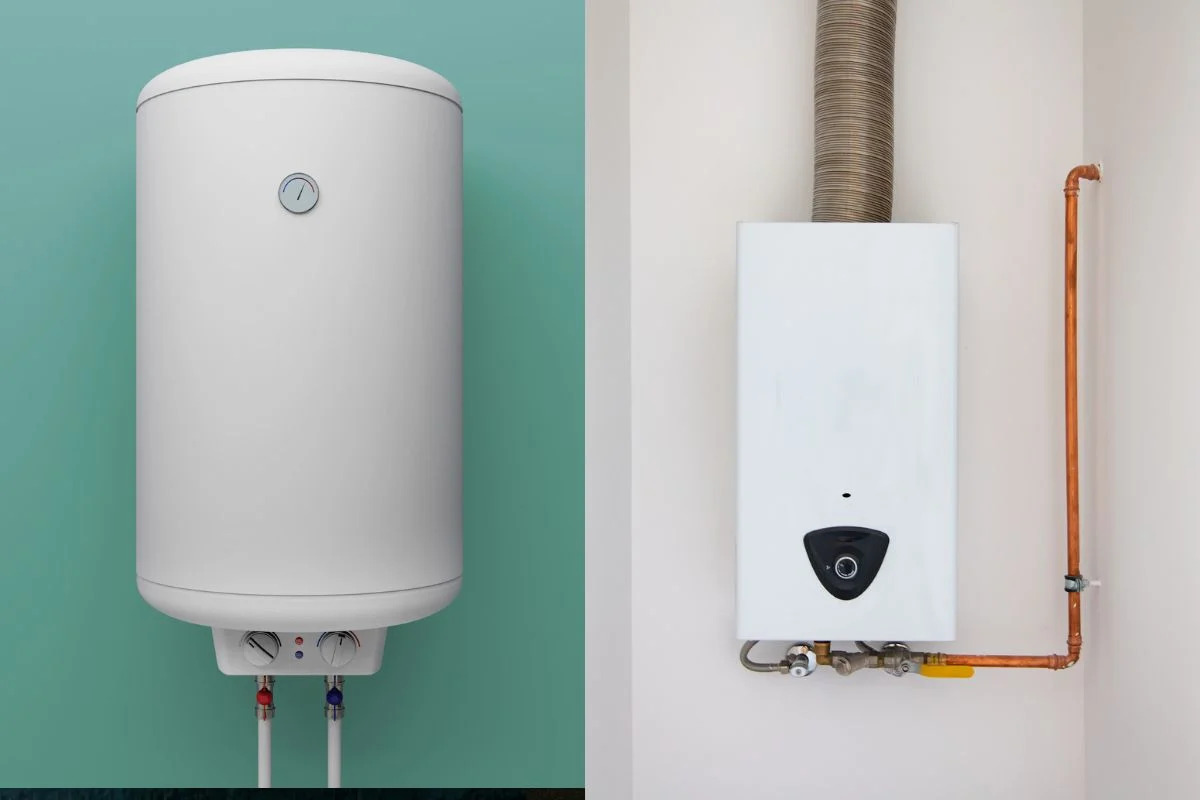
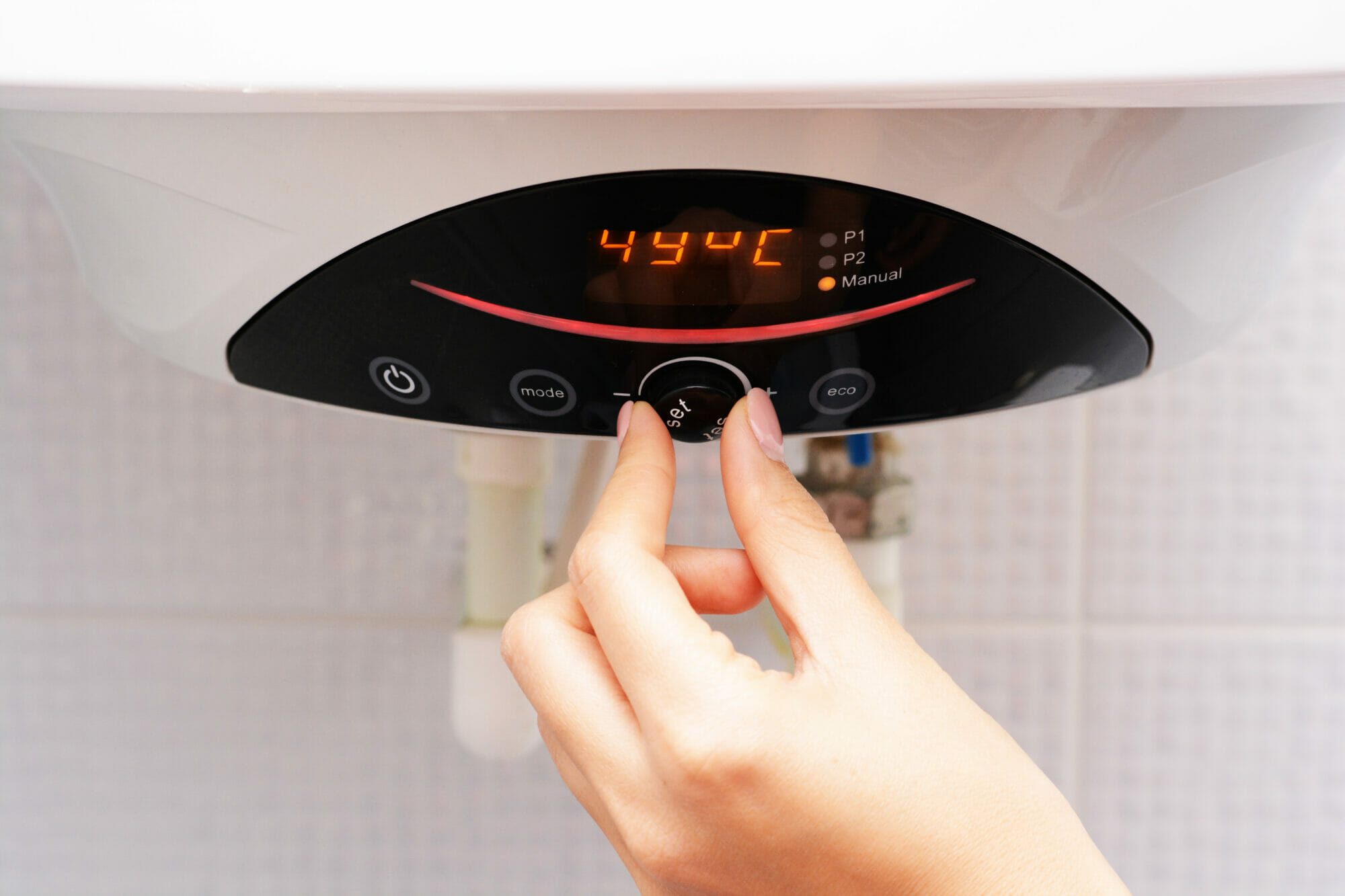
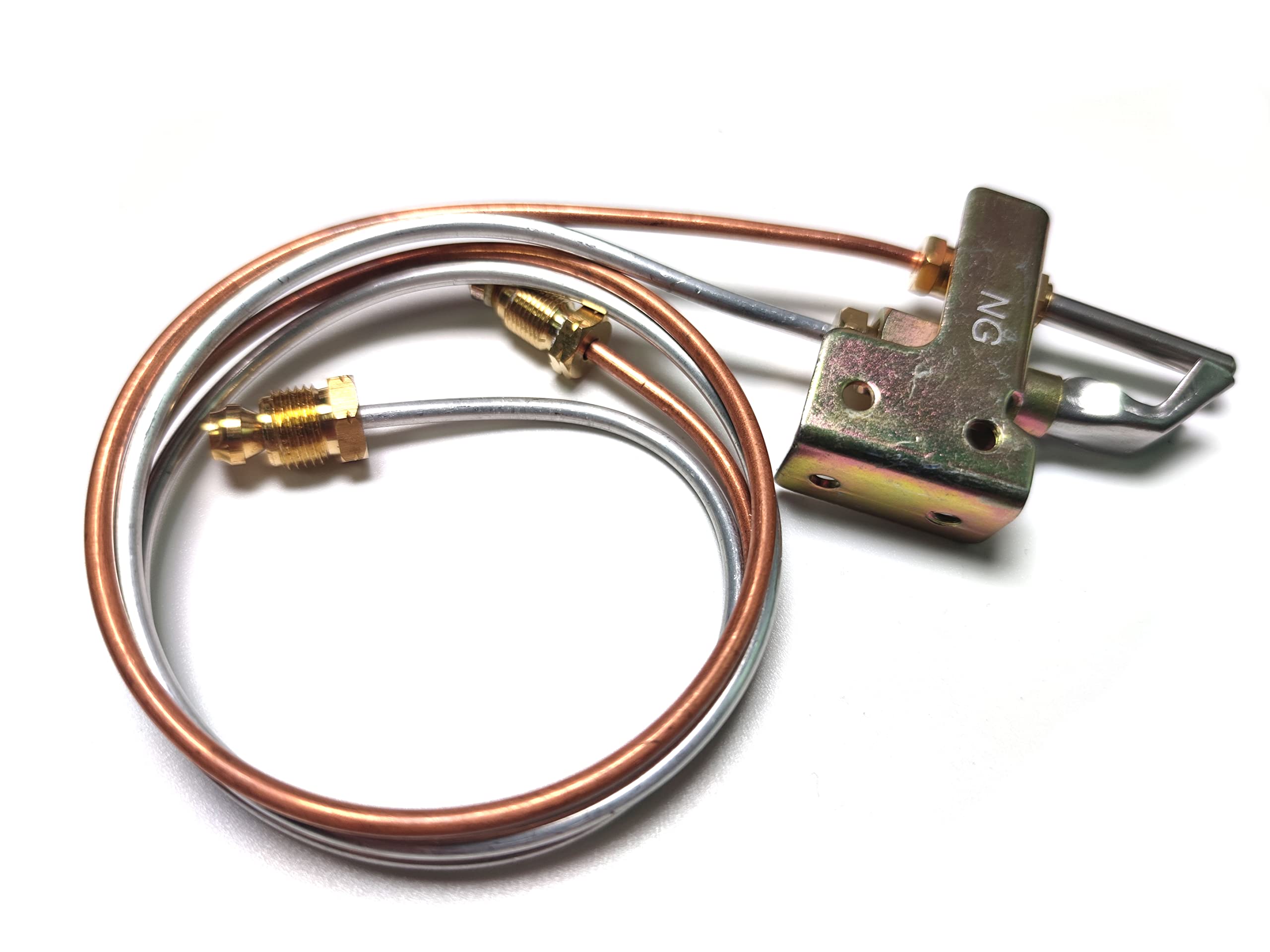
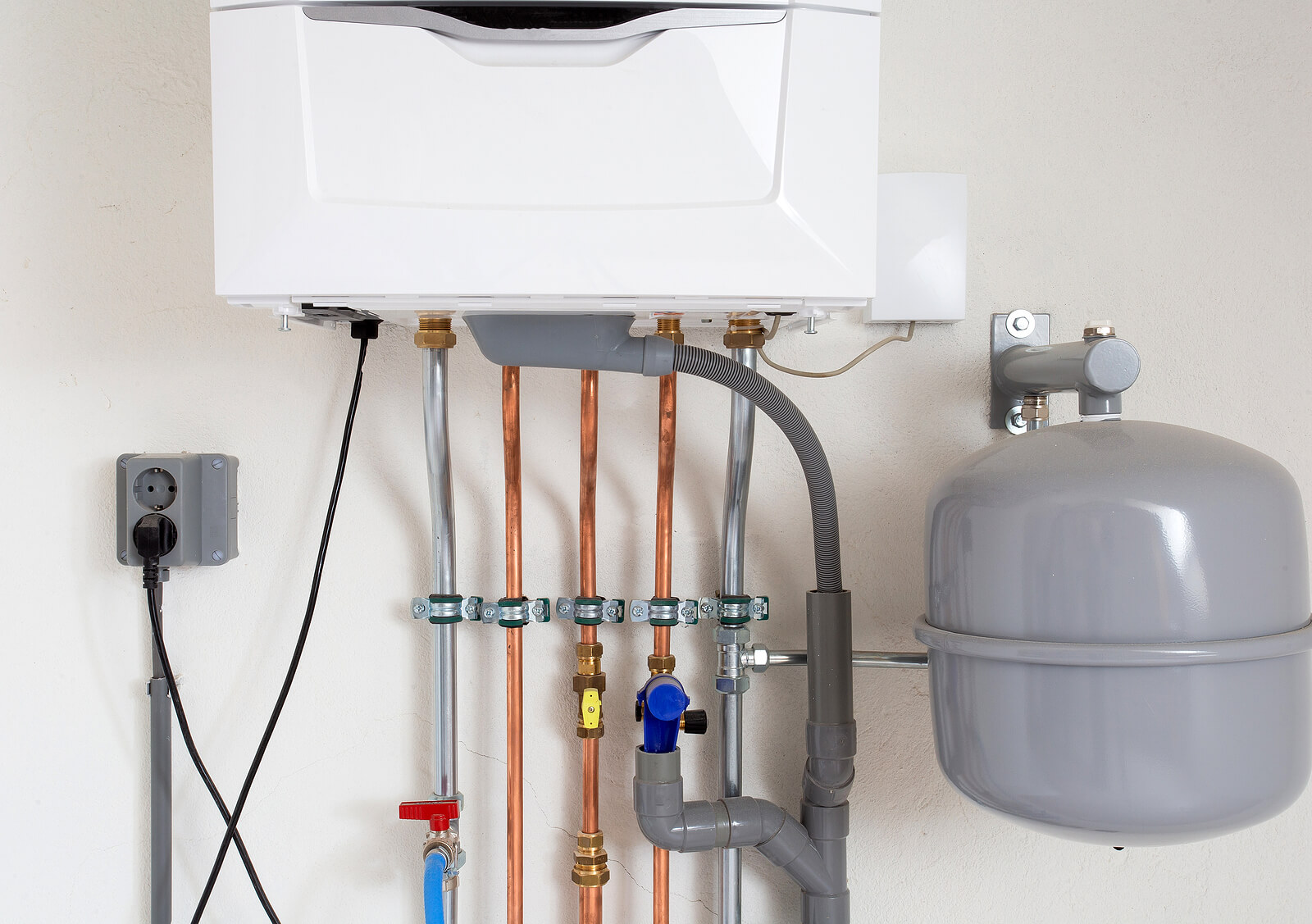

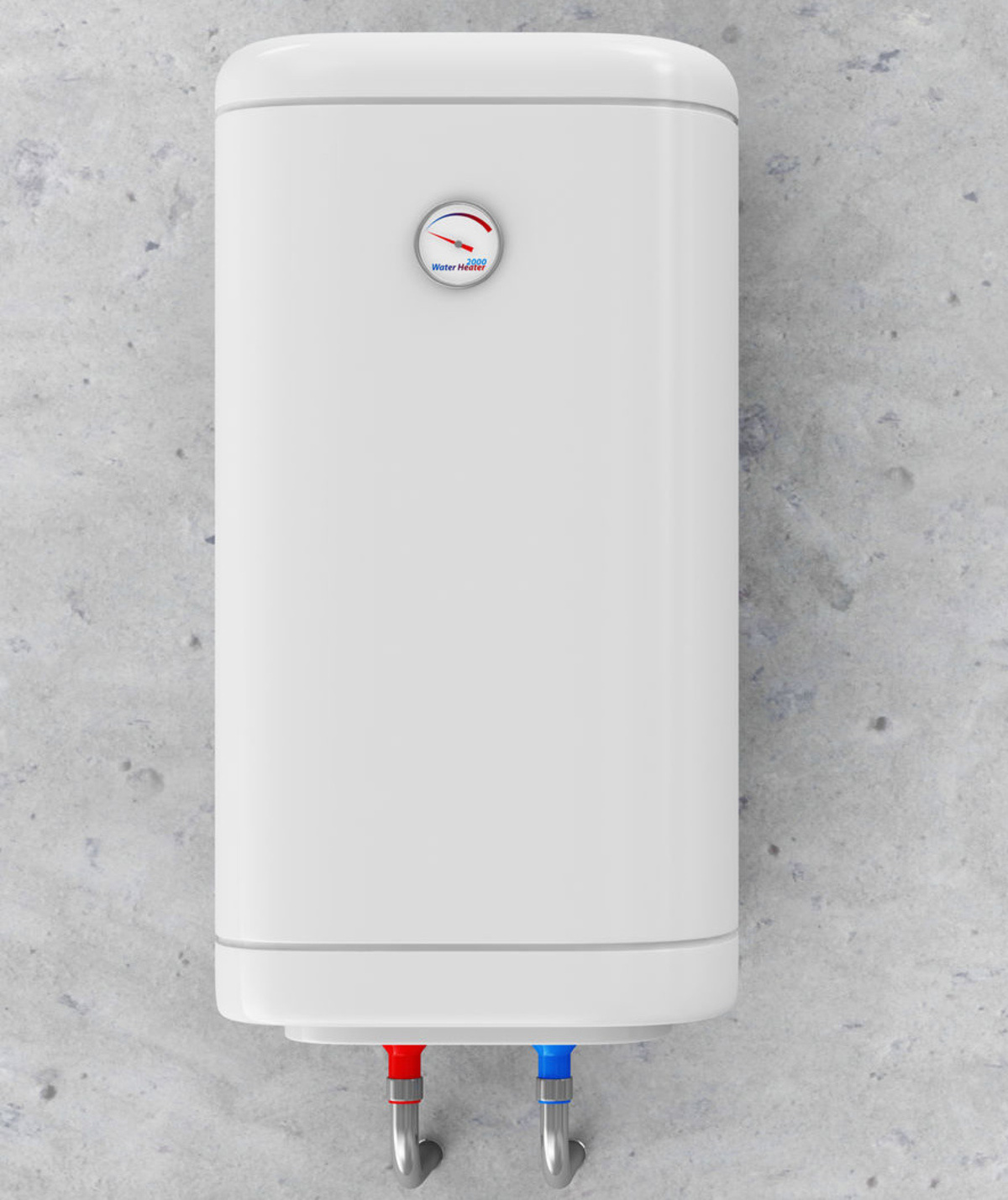
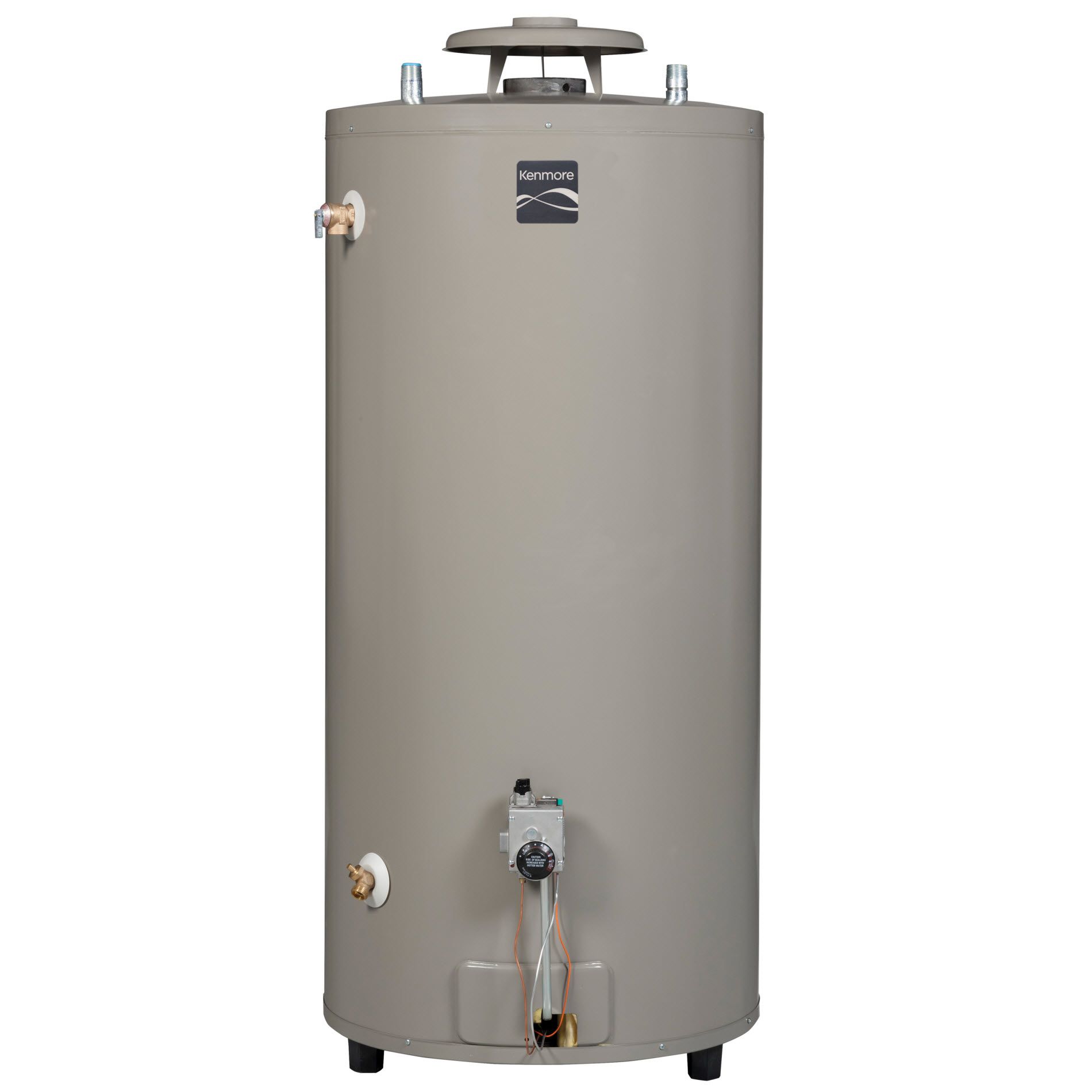
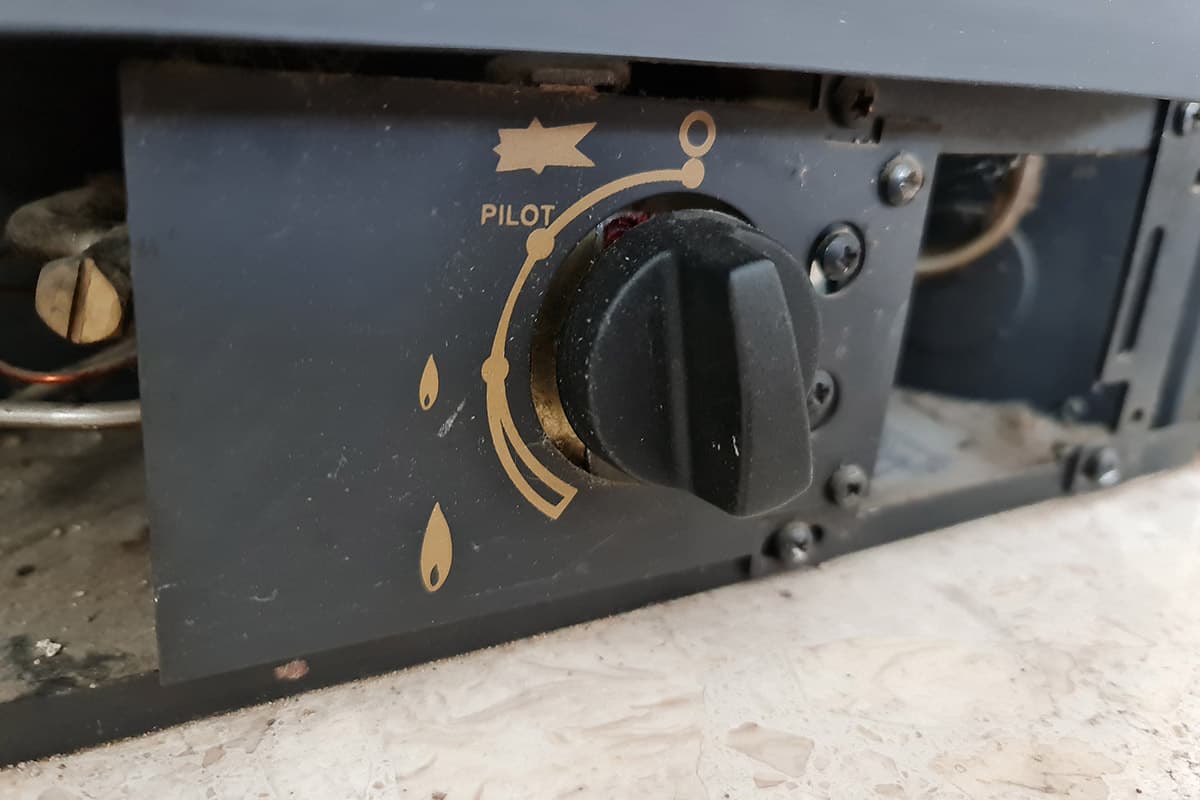

0 thoughts on “How To Vent A Gas Water Heater Without A Chimney”